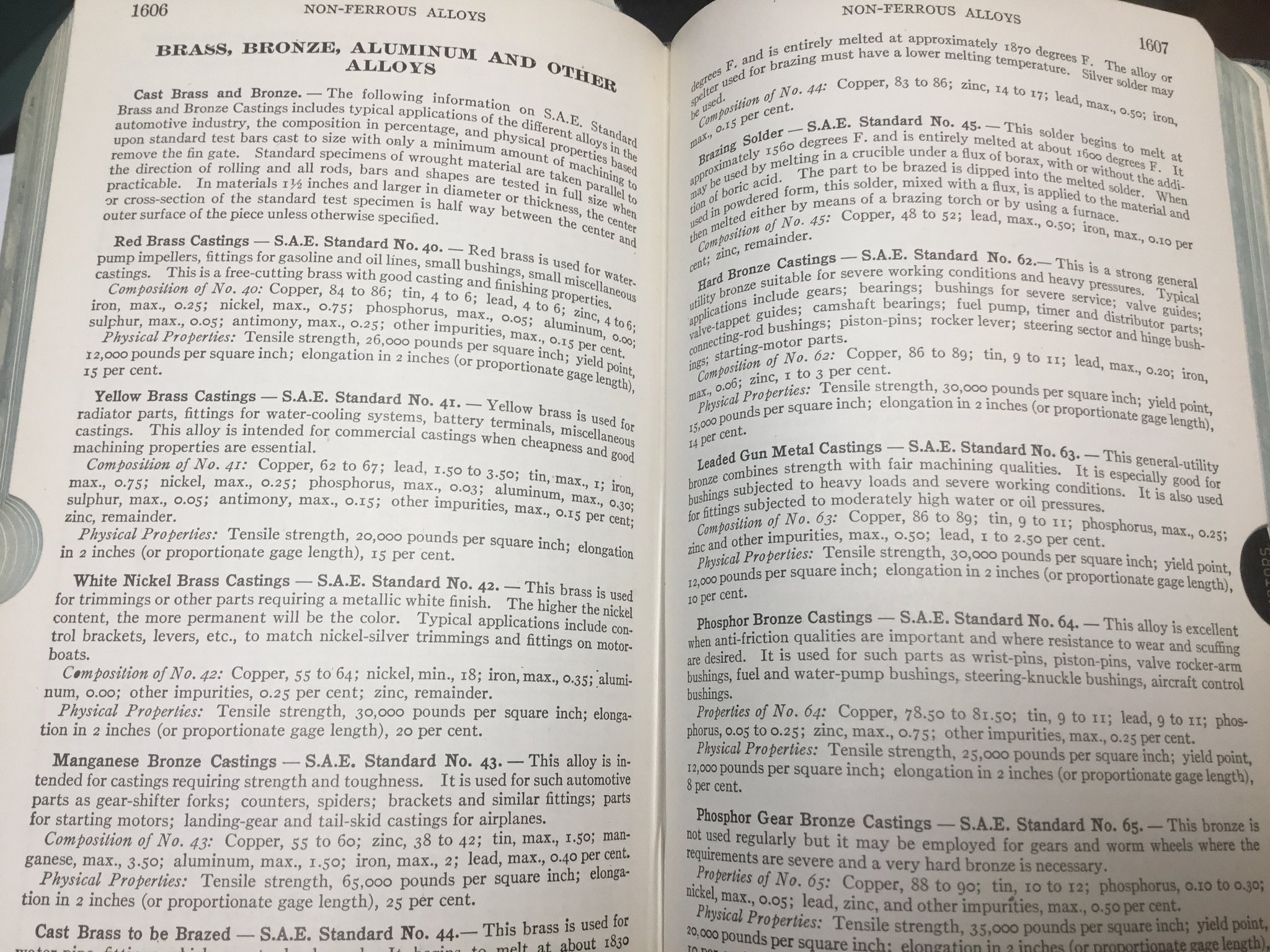So, my new revolver arrived, today, and it looks pretty nicely done. There's a weird mark across one of the lands that looks like a machinist scraped it lightly, but I don't know if it will affect accuracy--it might even smooth out with use.
The Pietta instruction manual shows a max Pyrodex loading of 28 grains, as opposed to a max of 35 grains for black powder. I have a good amount of Pyrodex I bought for use with my Remington, and I've had good results with it, so I'll save my real black powder for my flintlock. Why is 28 grains, a lower amount, recommended for Pyrodex? Why is it such an oddball amount? The spout on my flask is 30 grains, the amount Uberti recommends for my Remington. 28 grains means I'll have to use the measure, which is not terribly convenient.





 93C2520E-6F38-4738-8F15-134B534E8889
93C2520E-6F38-4738-8F15-134B534E8889